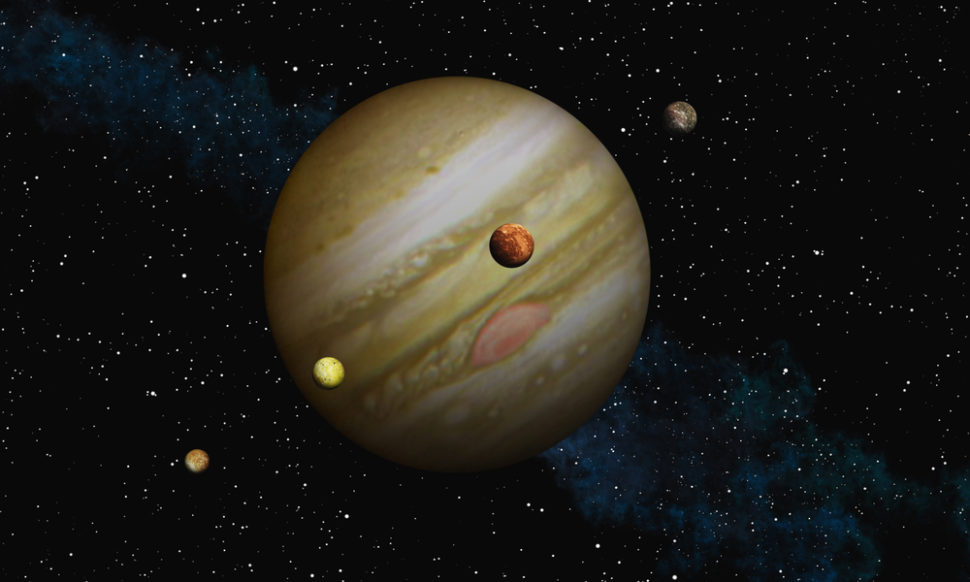A new study reveals evidence that Jupiter’s icy moon Europa is sending plumes of water into space.
The discovery was made after a team of researchers analyzed the data gathered by NASA’s Galileo Jupiter probe. The probe reportedly orbited Jupiter from 1995 to 2003 and was able to detect potential plumes coming from the planet’s icy moon Europa during a close flyby in 1997.
During the years after Galileo, the Hubble Space Telescope has, from time to time, observed the Jovian system. It appears that during some of those periodic observations, the telescope spotted evidence of water vapor emissions coming from Europa’s surface.
The potential existence of water captured the interest of scientists as it could mean the moon is able to support life. The findings from the Hubble Telescope triggered astronomers to take another look at the data gathered by Galileo during its eight-year observation of Jupiter and its moons.
In those years, the Galileo spacecraft made eleven flybys of Europa, including one which brought it within a few hundred kilometers of the moon’s surface. The astronomers later found that during the said close flyby, Galileo’s magnetometer and plasma wave spectrometer were able to measure significant changes.
“The sudden, short-duration jump in the frequency of intense emissions can be interpreted as consistent with a highly localized source of plasma, thereby supporting the hypothesis that the magnetic perturbations arise from passage through a localized plume,” the researchers wrote in their paper published in the journal Nature Astronomy.
Lead author of the study, Xianzhe Jia, believes that the data from the Galileo probe is a “compelling independent evidence that there seems to be a plume on Europa.”
Jia and his colleagues are currently working on the magnetic field and plasma instruments for two future missions aimed at studying Jupiter and its moons. NASA will be conducting a live discussion about the new study today, May 14th at 1 PM EDT. You may watch it at NASA TV, Facebook Live, and the space agency’s YouTube channel.
“During Galileo, we’d always known there was something weird during this flyby,” Cynthia Phillips, a scientist at NASA’s Jet Propulsion Laboratory in Pasadena, California, was quoted as saying.
“Pictures, or it didn’t happen.”



















Comments (0)
Most Recent